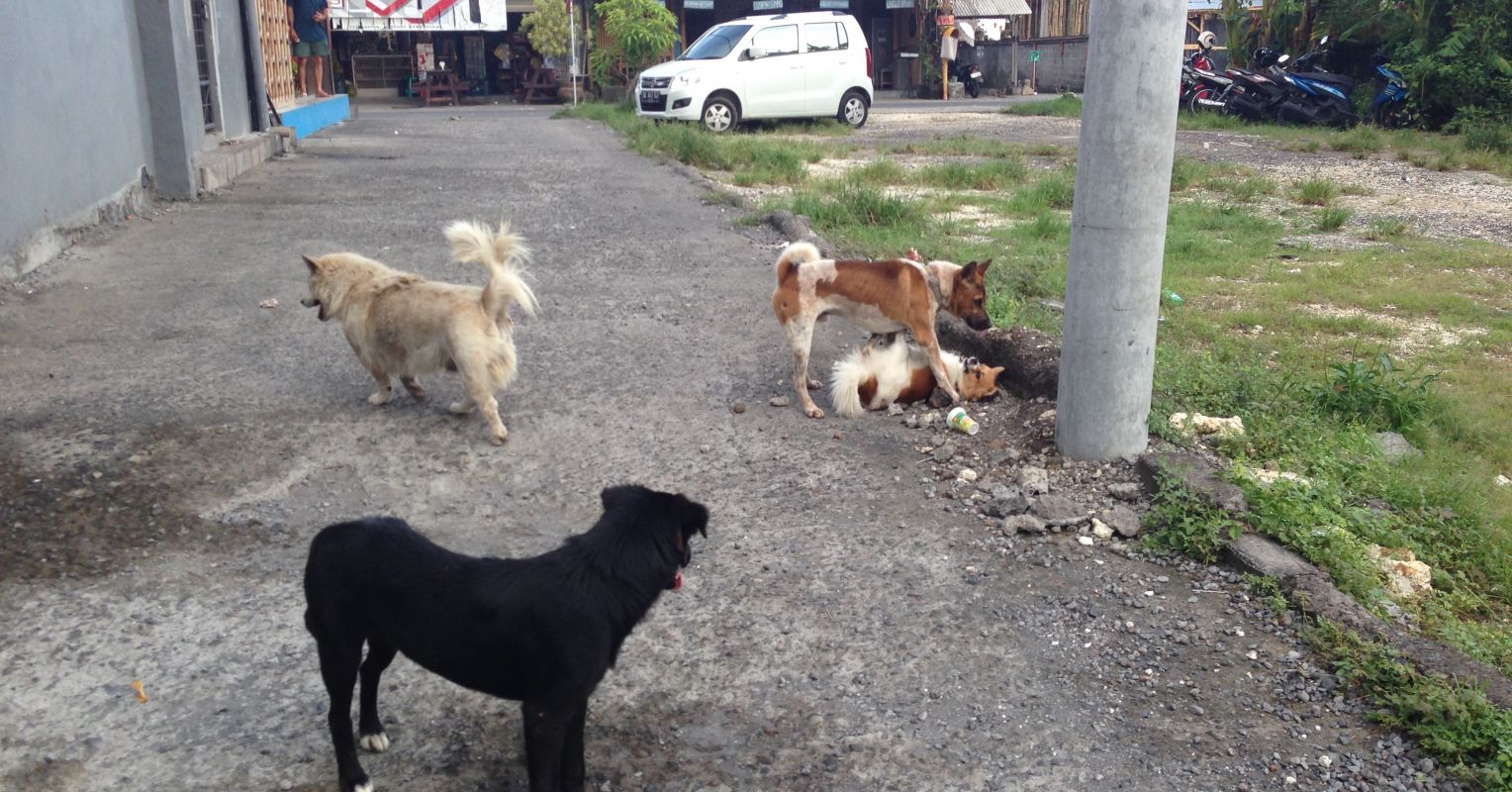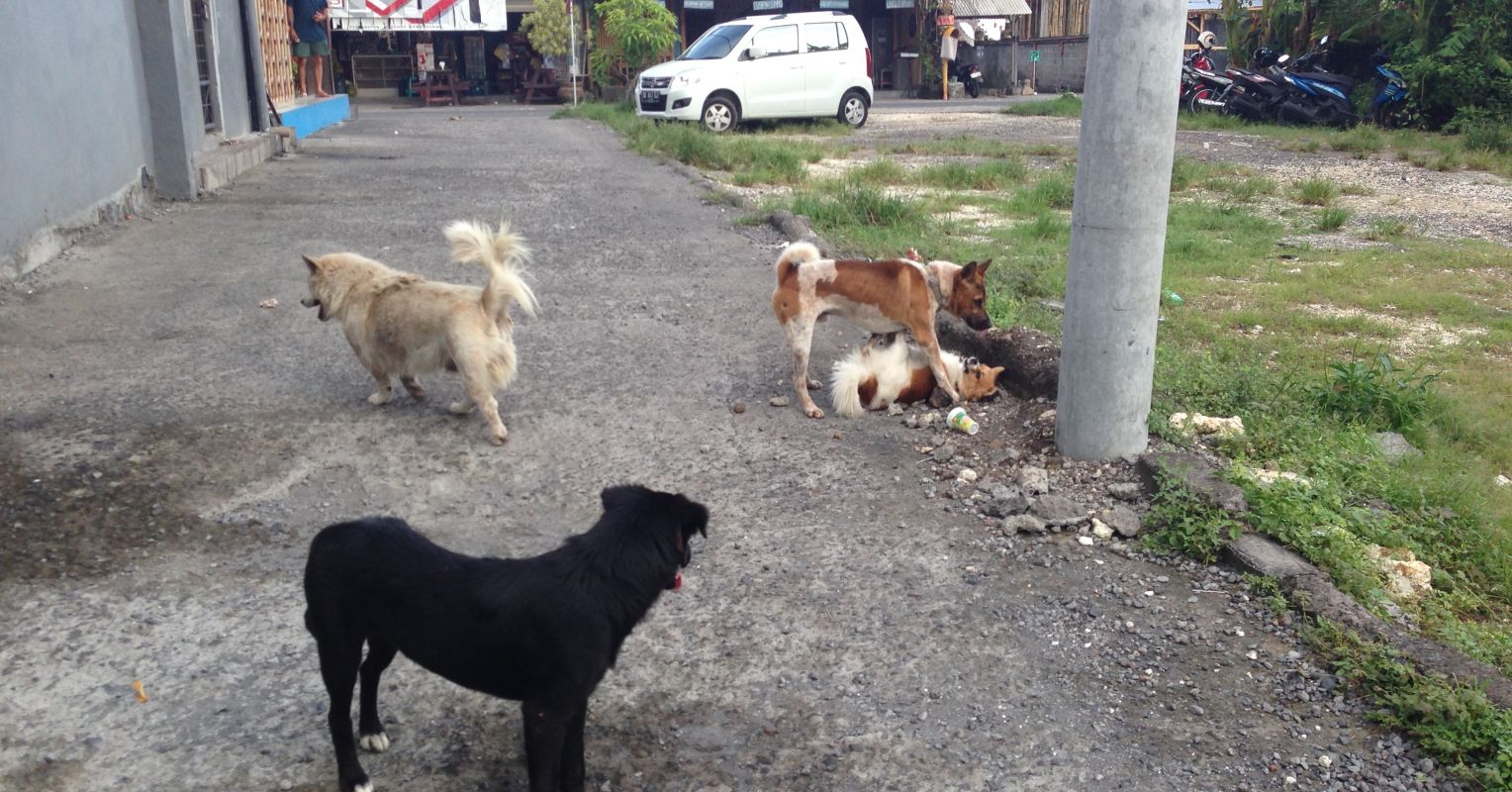

A recent essay by Iben Meyer and her colleagues, “Pampered pets or poor bastards? The welfare of dogs kept as companion animals” caught my eye because the research focused on comparing the welfare of companion dogs with that of modern village dogs.1 Some people feel that modern companion dogs—often called “homed” dogs—have much better lives than their free-ranging cousins, but as Jessica Pierce and I point out in our recent book, this is not necessarily so.
I’m pleased Iben and Peter Sandøe could answer a few questions about their landmark study in which they highlight the unrealistic social expectations and demands we place on companion dogs and the many ways in which we overrun their lives.
Marc Bekoff: Why did you do the research for “Pampered pets or poor bastards?”
Iben Meyer and Peter Sandøe: It all began with an invitation for Peter to give a keynote for the Canine Science Forum. Prior to that talk, Peter had the good fortune to start working with Eliza Ruiz Izagiurre, a Mexican veterinarian who had done her Ph.D. on village dogs. This led to the idea of taking a helicopter view of the welfare of modern companion dogs by comparing them with village dogs.
MB: How does your work relate to your backgrounds and general areas of interest?
IM/PS: The authors cover a variety of competences: dog behaviour, dog genetics, veterinary science, and ethics. We all share a concern about the welfare of modern family dogs.2 We really enjoyed the cross-disciplinary discussions that were generated by the comparison between companion dogs and village dogs.
MB: Who is your intended audience?
IM/PS: While it is a paper published in a science journal, we have tried to write it in an accessible and lively style so that it will be of interest to many of those outside academia who care about dog welfare. Also, we have made sure that is available via open access.
MB: What are some of your major messages? How can this study improve the lives of dogs?
IM/PS: Our main message is that, although modern companion dogs get many benefits from living closely with modern urbanised humans, this comes with a price in terms of significant welfare challenges. We chose to focus on two main challenges. One is how dogs are being bred to satisfy human aesthetic and other preferences which, due to the way this breeding is carried out, not only gives rise to serious problems with extreme conformation but also to a high load of inherited diseases. The other challenge concerns how dogs are kept as companions, and the expectations that surround them in terms of fitting in with the household, other humans, and other dogs.
In our view, misconceptions about companion dogs’ social needs and limitations prevail. Companion dogs are obligate social animals, i.e., they have evolved to live with others. The village dogs, to whom we compare companion dogs in our paper, either live in groups of two to three dogs or alone, but always around other dogs and humans. Companion dogs, however, live with their humans, often only interacting with conspecifics briefly and while on a leash during their walks.
Most companion dogs are left completely alone every day while their humans are away for hours. In many cases, it results in separation-related problems, one of the most common behavioural problems in dogs, which can reduce welfare for both dog and owner.
We argue that a good life with a dog is often not compatible with a typical modern, busy lifestyle, and consequently, people should consider their life and possibilities carefully before acquiring a dog. Once living with a dog, in addition to ensuring social company for the dog, the caretaker(s) also needs to provide gradual habituation to time spent alone, and should keep the dog physically and mentally stimulated.
On the other hand, companion dogs, although social by nature, also have their social limitations. Not all dogs love to meet and closely interact with every unfamiliar dog they encounter on their walks, and many dogs don’t enjoy being hugged or kissed or patted on the head—especially not by unfamiliar people.
This is something people need to pay attention to, since a human expectation that dogs should accept every interaction imposed on them by humans, and should positively greet all other dogs, not only affects the welfare of dogs, but also the safety of their surroundings. Humans should help their dogs to avoid conflict situations by being aware of their dog’s body language and signs of discomfort. Relatedly, humans also should focus on the quality of puppies’ socialization experiences, ensuring that they have pleasant and safe experiences with different people and dogs as they grow up.
MB: How do your research and conclusions differ from others that are concerned with some of the same general topics?
IM/PS: Our paper is based on a discussion of scientific literature relevant for the comparison between urban companion dogs and their free-living cousins, the village dogs. This is a new approach in the scientific literature, although similar comparisons between domesticated animals and their free-living counterparts have been made with other species (e.g., pigs). It is important for us to emphasize that we are not trying to romanticize the life of village dogs, as they have welfare problems of their own. But we find it useful to carry out this comparison, as it can help us to be aware of species-specific needs that are not always being met.
MB: Are you hopeful that, as people learn more about how compromised the lives of many homed dogs are, they will treat them with more respect and dignity and give them more freedoms?
IM/PS: We cannot hope to revert to a form of life that enables modern dogs to enjoy exactly the same social benefits as those enjoyed by village dogs. However, we hope that by taking a helicopter view of how companion dogs live today, people may look at the dog in front of them differently, and consider what might be the best way of helping the dog achieve a decent social life.